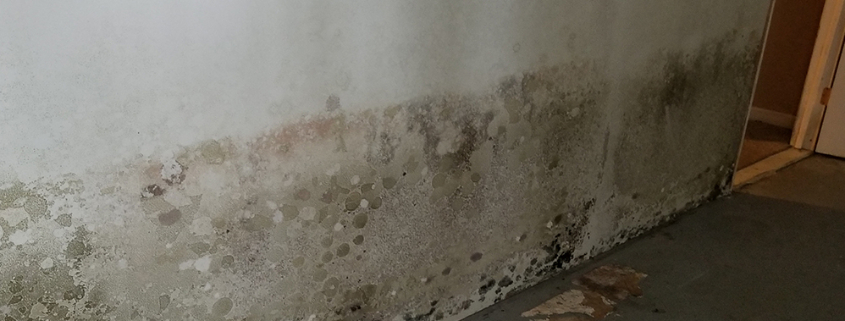Q: My condominium unit has mold as a result of poor original construction in the 1980’s. Under the Florida Condominium Act, is the association responsible for the structural repairs of the damage caused by this mold? (S.S., via e-mail)
A: Mold is a symptom of water or excess moisture being where it shouldn’t be. In my experience, mold occurs in one of two ways, or a combination of both. First, mold can occur due to water or moisture entering the building from the exterior, such as a leaking roof. Secondly, mold can occur due to improper interior temperature and humidity controls, particularly in Florida’s hot and humid climate or the failure of an interior component, such as a sink drain.
The first order of business is to stop what is causing the mold. Generally, if the mold is from an exterior source, the association would be responsible, since Section 718.113(1) of the Florida Condominium Act requires the association to maintain the common elements and the declaration of condominium usually (though not universally) describes the exterior of the building as part of the common elements. If the mold is from an interior cause, or from an alteration to the common elements made by the owner, stopping the problem, under most condominium documents, an owner would be responsible.
Separate from stopping the source of the mold is cleaning it up. This has become a “big deal” in condominium living due to potential personal injury claims regarding mold, the prevalence of exclusions or limitations in insurance policies, and the high cost of remediation.
If the mold was due to an “insurable event,” the cleanup would typically be association responsibility, though there are exceptions to this rule for certain items, such as floor coverings, and some owner upgrades or additions. Insurable events, sometimes referred to as “casualties,” encompass sudden events, like a hurricane or a burst pipe.
Continuous water seepage and water intrusion due to construction defects are typically excluded in most insurance policies and not considered insurable events. If the mold was not created due to an insurable event, then the declaration of condominium will control repair responsibilities. With a fair amount of room for exceptions, the association typically repairs common elements and the owner typically repairs the unit.
Moving past the default positions of the condominium documents, the issue of negligence sometimes comes into play. Basically, negligence means not acting reasonably. A showing of negligence can shift financial responsibility. Negligence allegations made against associations typically involve failure to keep the building watertight. Negligence allegations against owners include claims of failure to timely report damages, failure to maintain appropriate interior temperature and humidity control, and owner alterations or additions causing water intrusion.
The fact that water may be entering your building due to construction defects is not a driving factor. The time for pursuing claims against the developer and builder has expired (the general statute of limitations is 4 years, with an outside cap of 10 years, known as the statute of repose). Defects that cause water intrusion should be repaired, and as discussed above, the declaration of condominium will typically dictate responsibility.
In my experience, the best thing an association can do when faced with a situation of this nature is to determine the source of the problem through an engineer, and if it is due to an association item of responsibility, take prompt steps to stop the problem (and if it is due to an owner caused condition, insist the owner do so). The “mold remediation” process can be very expensive and disruptive, and unfortunately, we see some instances where retail providers sell “overkill.” Again, an independent consultant beholden only to the association is the best bet.
Once the source of the water or moisture intrusion has been identified, the problem stemmed, and a remediation plan reached, the association’s attorney should help figure out “who is responsible,” though these are not easy matters to digest. The association’s insurance agent also needs to be brought in as early as possible, as some claims are determined to originate from insurable events, and the extent of coverage and repair after casualty issues (primarily dictated by the statute) need to be considered.
Originally posted on floridacondohoalawblog.com Written by Joseph Adams of Becker & Poliakoff, P.A.,

